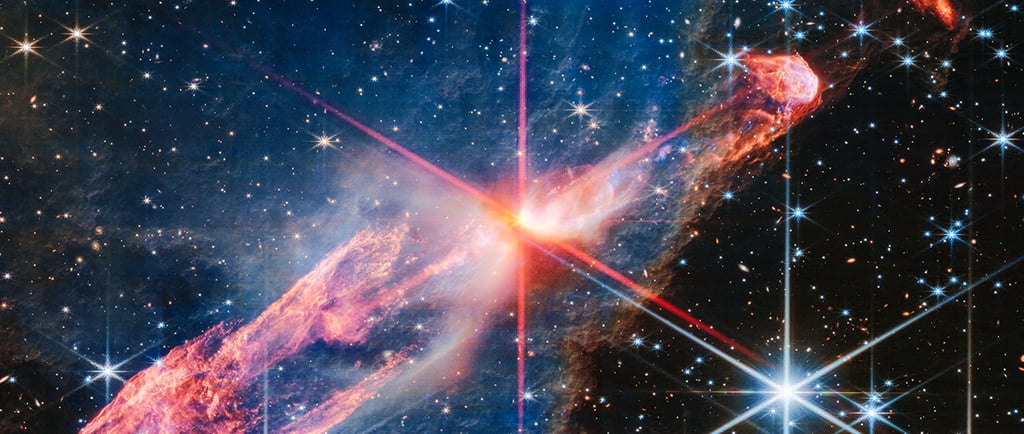Herbig-Haro Objects: The Birth of Stars


Understanding Herbig-Haro (HH) Objects
Herbig-Haro (HH) objects are fascinating astronomical phenomena that capture the imagination of scientists and astronomy enthusiasts alike. These bright patches of nebulosity are not only visually striking, but they also play a critical role in our understanding of star formation. Formed from the energetic processes surrounding newborn stars, HH objects are characterized by their dynamic jets of ionized gas ejected from these stellar infants.
The Formation of Herbig-Haro Objects
The creation of Herbig-Haro objects is intricately linked to the lifecycle of stars. They often emerge in star-forming regions, known as molecular clouds, where gravitational forces lead to the collapse of gas and dust into protostars. As these protostars begin to form, they expel jets of ionized gas at high velocities, a process that is fundamental to their evolution. The interaction of these jets with the surrounding material generates shock waves, resulting in the bright, glowing nebulae we identify as Herbig-Haro objects.
The Significance of HH Objects in Astronomy
Herbig-Haro objects serve as vital indicators of the early stages of stellar evolution. Observing these nebulous formations allows astronomers to gain insight into the mechanisms of star formation and the conditions that facilitate it. Moreover, HH objects can last for thousands of years, offering a glimpse into the dynamic processes associated with newly formed stars. They are also useful in studying the composition of interstellar matter and the physical properties of stellar jets.
The study of Herbig-Haro objects is often conducted through various wavelengths of light, ranging from radio to optical and infrared. This multi-wavelength approach helps researchers piece together the complex nature of star formation. Ongoing research continues to unveil the nuances of these captivating cosmic structures, enhancing our overall understanding of the universe.
In summary, Herbig-Haro objects represent more than just luminous patches in our night sky; they are key components in the larger narrative of cosmic evolution and stellar birth. By investigating these phenomena, we can deepen our knowledge of the processes that govern the birth of stars and contribute to the ever-expanding chaos of the universe.
